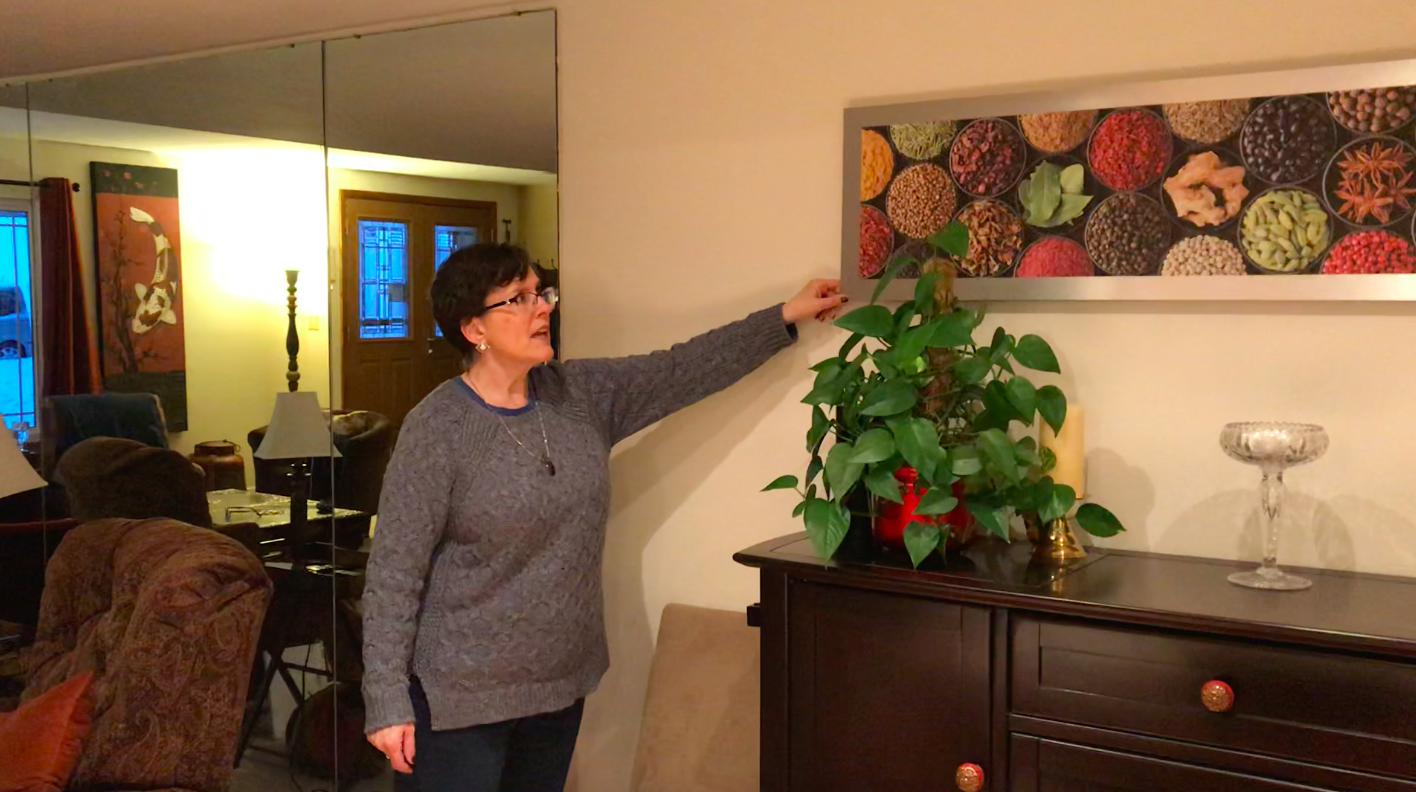Twenty years later, a teacher, principal and former student discuss the impact the shooting has had on their lives.
When the fire drill went off at Columbine High School on the morning of April 20, 1999, former Columbine High School teacher Paula Reed thought it was normal.

Then students started running past her screaming, “they’ve got guns.”
“I didn’t believe them because that was absurd and then administrators ran by and said, ‘Get them over the fence,’” Reed remembers.
She was in shock for days after the shooting, but she could not have predicted what came next: hair loss, hives, nightmares and anxiety.
While many of the physical wounds have faded over the past two decades since the massacre, the emotional scars still sting for the survivors.
“I have all this survivor’s guilt and this is where I’m really struggling this year,” former Columbine High School principal Frank DeAngelis said.
DeAngelis said he’s failing at retirement.
The guilt keeps him busy traveling around the country to tell his story and help other victims and survivors navigate the long and painful fallout of a mass shooting.
DeAngelis didn’t just lose his students that day. He also lost his mentor Dave Sanders. Sanders was a teacher and coach at Columbine High School who took DeAngelis under his wing when he first started at the school.
I have all this survivor’s guilt and this is where I’m really struggling this year.

“If Dave Sanders would’ve stayed in the faculty lounge that day, I wouldn’t be sitting here,” DeAngelis said. “As the gunman was coming towards me, and I was trying to help these girls, they saw Dave Sanders out of the corner of their eye and they turned around and shot Dave, and that split second probably saved our lives. So one of my bestfriends saved my life.”
DeAngelis lost his best friend and 12 students that day. One of those students was Rachel Scott.
“Rachel was a wonderful person,” Craig Scott said.

16-year-old Scott was studying for a test in the library, where most of the massacre took place. He survived, but he lost his sister that day. She was the first one killed.
Scott forever became known as a Columbine survivor and Rachel’s brother. He got wrapped up in the idea that it was now his identity.
“I had to eventually break free from it because of that,” he said. “There’s a lot more to me than being a Columbine survivor or my sister’s, you know, brother to my sister.”
Even though his sister was killed, Scott wanted to honor her in the best way possible.
With help from their father, Darrell Scott, he started a school assembly program in his sister’s memory called Rachel’s Challenge.
The family members traveled the country sharing her story and her theory: to make schools safer, replace bullying and violence with kindness and respect.
Scott said she had journals filled with entries about wanting to go out of her way to show compassion and kindness.
Rachel’s Challenge reaches 2.5 million students a year in the United States, making it the largest school assembly program, Scott said.
He has since left Rachel’s Challenge and started his own program, Value Up.
The program travels to schools across the nation sharing its mission for students to value human life.
“When students understand their innate value and the innate value of others, t
hey are more likely to thrive,” according to the Value Up website.
Scott broke off to create this school assembly program because he felt there were things that weren’t in her story that teens were facing now.

He discusses depression with students and tips for how to deal with anger, something he dealt with briefly after the shooting.
“I decided shortly after Columbine that I wasn’t going to be a victim that I wasn’t gonna let these guys who killed my friends and kill my sister also ruin my life,” Scott said.
Even though he decided not to become a victim, Scott dealt with survivor’s guilt as soon as he left the library.
“When I ran out, when I escaped, I felt bad because I left two friends underneath the table that were dying or dead,” he said. “I came around to realizing the truth for me is that I survived for a reason and obviously there’s nothing that I could have done to stop it.”
Paula Reed doesn’t have survivor’s guilt, but she has addressed if she would do anything differently. She would have wanted to protect all of her students, but given the push to arm teachers by some school safety advocates, she wonders how she could pick and choose which students to protect.

“I would have wanted to protect Rachel and Dan and Isaiah, but you’re asking me to shoot Dylan,” she said. “You don’t get to ask me to love my students, which I did, and to nurture them and care about them and be willing to shoot them dead. That is too much to ask.”
Time has numbed Reed’s pain and sorrow, but her mission remains strong.
Reed travels the country, sharing her stories and memories from Columbine High School.
Reed is also moving forward, she retired from Columbine in May 2018 after 30 years of teaching. She is now working for her husband at a large scale digital imaging company.
Two decades later, all the survivors are still trying to move on in their own ways. For some, like Craig Scott, that process is more about embracing the future than dwelling on the past
“I’m an overcomer,” Scott said. “What they did has only made me a deeper, stronger person.”
Up next: Mental Health »
 Special Report from WUFT News
Special Report from WUFT News